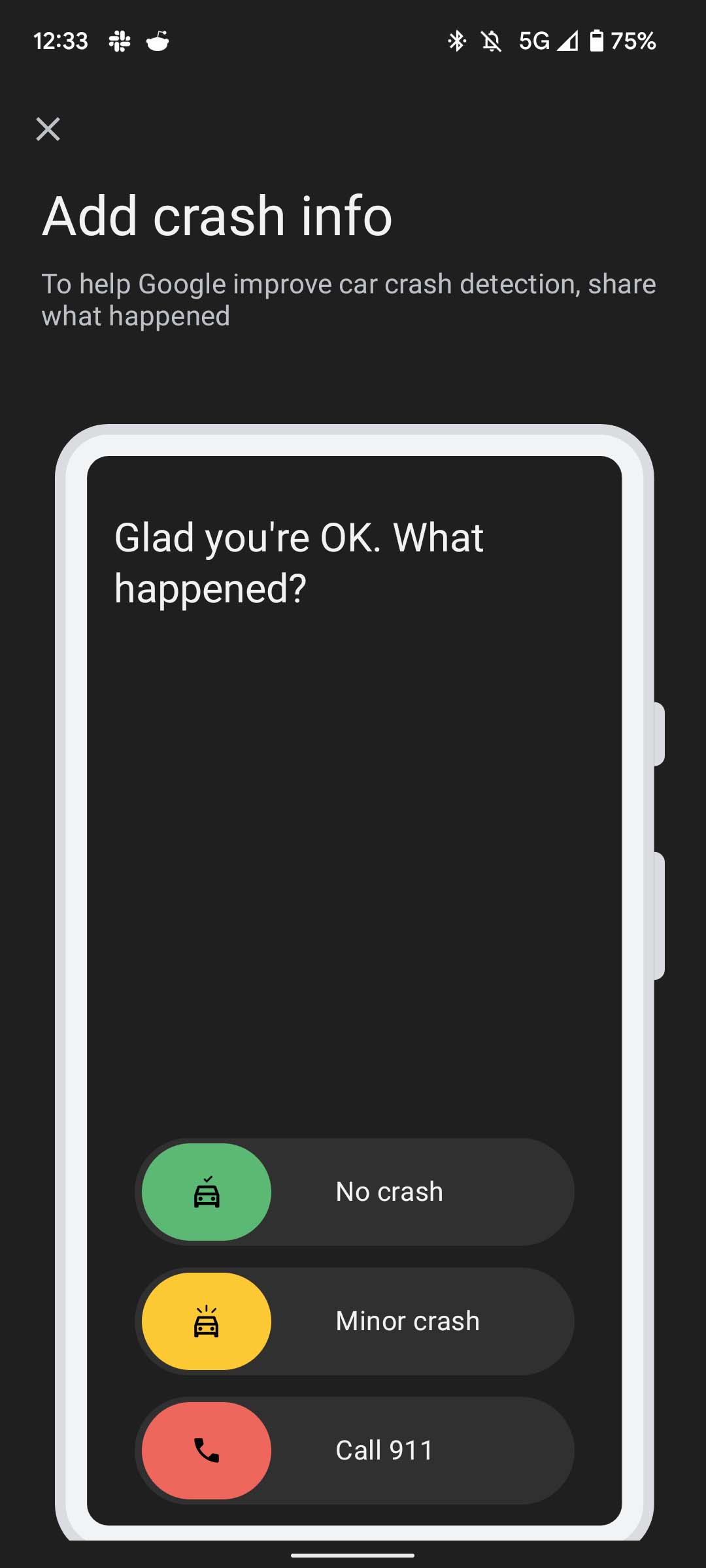
- GOOGLE PIXEL CHECK DATA USAGE HOW TO
- GOOGLE PIXEL CHECK DATA USAGE INSTALL
- GOOGLE PIXEL CHECK DATA USAGE ANDROID
- GOOGLE PIXEL CHECK DATA USAGE CODE
If any third-party apps are shown and you're not completely sure if the app should have this permission, select it, then disable the toggle next to "Modify System Settings" on the following page. Open the above menu and go through the list. Understandably, this permission has the potential to be abused.
GOOGLE PIXEL CHECK DATA USAGE ANDROID
If an app has this permission, it can change Android options like your screen timeout duration. To appease power users by giving apps like Tasker more capabilities, there's a permission called "Modify System Settings" that can be granted. If you don't think an app should have this permission, or even if you just have doubts, select it from the list, then disable the toggle next to "Allow display over other apps" on the following screen. Take a look at each app in this menu, but pay closer attention to any third-party apps (i.e., apps you installed yourself).

While this may seem innocent, malicious apps could potentially use this permission to trick you into pressing a button in another app that you didn't intend to tap - for instance, drawing a fake "Cancel" button over an "Install" button. This permission allows apps to show elements over top of other apps (think Facebook Chat Heads bubbles or the floating controls that appear when you press your home button while you're in a phone call). You should leave the Google apps enabled here (Find My Device, Google Pay) to maintain functionality, though if you really want to be careful, you can disable these too - just know that you'll lose the ability to remotely lock and wipe your phone if it gets stolen, and contactless payment may no longer work. Go through this list and disable the toggle next to any third-party app that may have it enabled. For best security, you should only allow email apps, payment apps, remote security apps (e.g., Cerberus or Google's Find My Device), or apps provided by your employer on a company-issued phone to have this access. Device Admin Appsĭevice Admin apps have access to an Android API that can be used to do things like remotely wipe the device or enforce policies for exchange emails. To fix such an app, restore access to the permission from the same menu where you revoked it - but before doing so, consider finding an alternative app that uses Android's newer permission system properly. However, older apps may not, in which case the feature would appear to be broken. If this is the case, most apps will simply request access to the sensor again when it's needed. Note that some features in apps may be broken if you revoke access to a certain sensor (e.g., navigation wouldn't work in a maps app that couldn't access your location). Revoking Gboard's microphone access through the App Permissions menu.
GOOGLE PIXEL CHECK DATA USAGE HOW TO
You'll then see all of the apps that can access this information or sensor - just turn off the toggle switch next to any of these entries to prevent future access. The above menu is organized by permission type, so you'll see entries like "Camera," "Location," and "Microphone." If you're worried about any of your apps having access to one of these, select the feature from the list. Luckily, there's a way to revoke these permissions after the fact.
GOOGLE PIXEL CHECK DATA USAGE INSTALL
This all-or-nothing approach means you have to either grant every permission the app wants, or simply not install it in the first place. Most apps will explicitly ask for your permission to access sensors and data from your phone, but older apps can still batch-request access when you're installing them. Jump to a section: App Access | Pixel Features | Anti-Theft Options | Google Features 1. For example, the first menu can be found by opening Settings, selecting "Apps & Notifications," then tapping "Advanced" and choosing "App Permissions."
GOOGLE PIXEL CHECK DATA USAGE CODE
I'll include instructions on where to find them in the dark gray code boxes below, but if you're unfamiliar with the structure of those instructions, it simply represents which options you should tap, in order. On Google's Pixel phones in particular, there are 20 such settings that you should double check.Īll of these options can be found in the main Settings app that you can access from your app drawer. There are options for nearly everything, so in the sea of various menus and submenus, it's easy to overlook important privacy and security settings. Android's settings menu is actually pretty daunting.


 0 kommentar(er)
0 kommentar(er)
